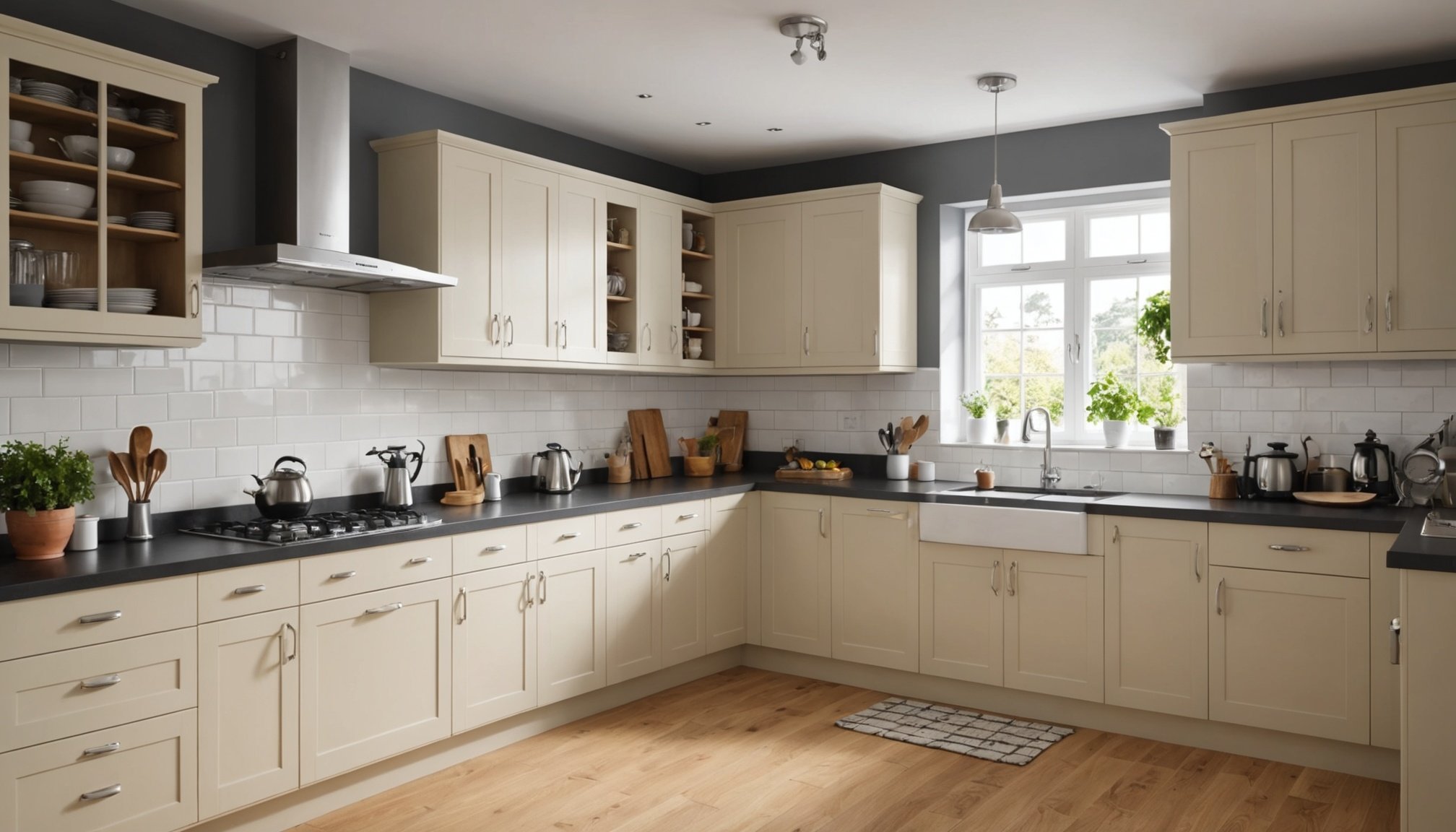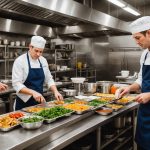The kitchen is often considered the heart of the home, where families gather to prepare meals and share experiences. However, it is also a space that comes with inherent risks, particularly when it comes to fire safety. In the UK, thousands of kitchen fires occur each year, leading to devastating consequences. Therefore, as we navigate cooking and using various appliances, ensuring a safe environment is paramount. This article will explore essential safety tips for kitchen use, focusing on how to avoid hazards and maintain a secure cooking space.
Understanding the Risks in the Kitchen
Every kitchen presents unique risks that can lead to fires or accidents if not properly managed. Understanding these risks is the first step to ensuring safety. Common causes of kitchen fires include unattended cooking, grease buildup, and faulty electrical appliances. When you leave cooking food unattended, it can easily overheat, leading to flames. Grease from cooking can accumulate on surfaces and ignite if exposed to high temperatures. Furthermore, malfunctioning electrical appliances or wiring can pose significant dangers.
In the same genre : How can I choose the right dining furniture that works well with my UK kitchen?
To mitigate these risks, always stay in the kitchen when you are cooking. If you must leave, even for a moment, turn off the heat. Regularly clean your cooking surfaces to prevent grease buildup, and ensure that all appliances are functioning properly. You should consider having an electrician inspect your kitchen’s electrical setup periodically to catch any potential issues before they escalate. Familiarizing yourselves with the specific hazards in your kitchen allows for proactive measures to be taken, making your cooking environment safe and enjoyable.
Proper Use of Cooking Appliances
Using kitchen appliances correctly is crucial for maintaining safety while cooking. This includes everything from ovens and stovetops to microwaves and toasters. Before using any appliance, read the manufacturer’s instructions carefully. Make sure that you understand how to operate the device safely and are aware of any specific precautions.
Also read : What are the most popular color schemes for modern kitchens in the UK?
When using a stovetop, for example, ensure you keep flammable materials like towels or paper away from the heat source. Always use the appropriate cookware for your stove; for instance, using metal pans on a ceramic stove can lead to accidents. When frying food, it’s essential to monitor the temperature of the oil and avoid filling the pan too high, as this can easily lead to overflow and potential fire hazards.
For ovens, never leave the door open while cooking, as it can create a fire risk. Additionally, keep the area around the oven clear of any flammable materials. After cooking, ensure that all appliances are turned off, and unplug any devices that are not in use. These simple practices will help ensure that your kitchen remains a safe space for preparing meals.
The Importance of Fire Alarms and Safety Equipment
Having a reliable fire alarm system is a critical component of kitchen safety. Smoke alarms are essential for providing early warning in the event of a fire. It is advisable to install smoke alarms in the kitchen area and throughout your home. Regularly check that these alarms are functioning and replace batteries as needed. This simple step can make a significant difference in ensuring your family’s safety.
In addition to smoke alarms, consider investing in a fire extinguisher designed for kitchen use. A Class K fire extinguisher is particularly effective for grease fires, which are common in cooking scenarios. Familiarize yourselves with how to use the extinguisher and keep it in an easily accessible location.
Also, make sure to create a fire exit plan for your home, ensuring that everyone knows how to escape in case of an emergency. Practicing this plan regularly helps instill confidence and preparedness in all household members. By prioritizing fire safety equipment and maintaining your alarms, you can significantly reduce the risk of kitchen-related fires.
Maintaining a Clean and Safe Cooking Environment
A clean kitchen is not just a matter of aesthetics; it is essential for safety. Regular cleaning prevents the buildup of grease and food debris, which can be fire hazards. Make it a habit to wipe down surfaces after cooking, ensuring that all spills are promptly cleaned. Pay particular attention to areas around the stovetop and oven where grease can accumulate.
Moreover, ensure that your cooking area is clutter-free. Remove any items that do not belong in the kitchen, such as papers or other flammable materials. This practice not only minimizes the risk of fires but also promotes efficiency while cooking. Ensure that pots and pans are stored safely to avoid accidental spills or burns.
When it comes to kitchen towels and oven mitts, always store them away from heat sources. These items should be kept in a designated area away from the stove to prevent ignition. Additionally, regularly check your kitchen for expired food items and ensure that the refrigerator and pantry are kept organized. A clean, organized kitchen is a safe kitchen, and simple maintenance can significantly reduce the likelihood of accidents.
Kitchen safety is a shared responsibility that requires awareness, vigilance, and proactive measures. By understanding the risks associated with cooking, using appliances correctly, maintaining fire safety equipment, and keeping a clean environment, you can greatly reduce the likelihood of kitchen-related fires and accidents. Remember to prioritize safety at all times, and make it a habit to educate your family members about the importance of these practices. Ultimately, a safe kitchen not only protects your home but also enhances your cooking experience, allowing you to enjoy the heart of your home without fear.











